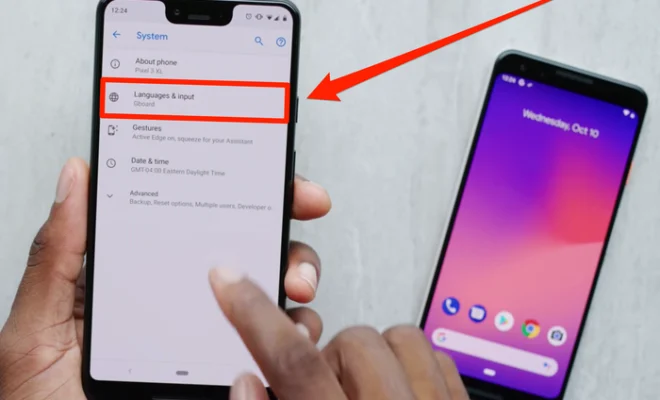What Is Adaptive Connectivity on Google Pixel Phones?
Adaptive connectivity is a feature that is built into Google Pixel phones, which allows them to continuously monitor the strength and stability of a network connection. With this feature, the phone can automatically switch between different types of network connections and update preferences based on user behavior to deliver the best experience.
The adaptive connectivity feature works by relying on machine learning algorithms to identify patterns in the user’s behavior and adjust network settings accordingly. For example, it can detect when a user is streaming a video and automatically switch to a faster network connection to provide a smoother streaming experience.
This feature takes full advantage of the different technologies like 5G, LTE, Wi-Fi to provide the best internet experience for the users. In rural areas or during network congestion, it can switch to LTE for better coverage or when a stronger Wi-Fi network is available, it automatically connects to Wi-Fi networks.
Google Pixel phones are known for their camera prowess, and the adaptive connectivity feature further enhances the user’s photography experience. When users are transmitting large amounts of data, the feature temporarily pauses background data usage such as updates or app downloads to provide a smoother image and video experience.
Moreover, with adaptive connectivity, Google Pixel phones can reduce data usage while still providing instantaneous results. If there’s a slow network, the device can go into “battery saver” mode and use as little data as possible to keep things running.
Adaptive connectivity plays an important role in ensuring that users have a seamless experience with their devices. It ensures that users remain connected to the internet, receive timely updates, and enjoy great video and photo experiences. Additionally, users can rely on their Pixel phones to respond to their needs and make mobile working a pleasure.






